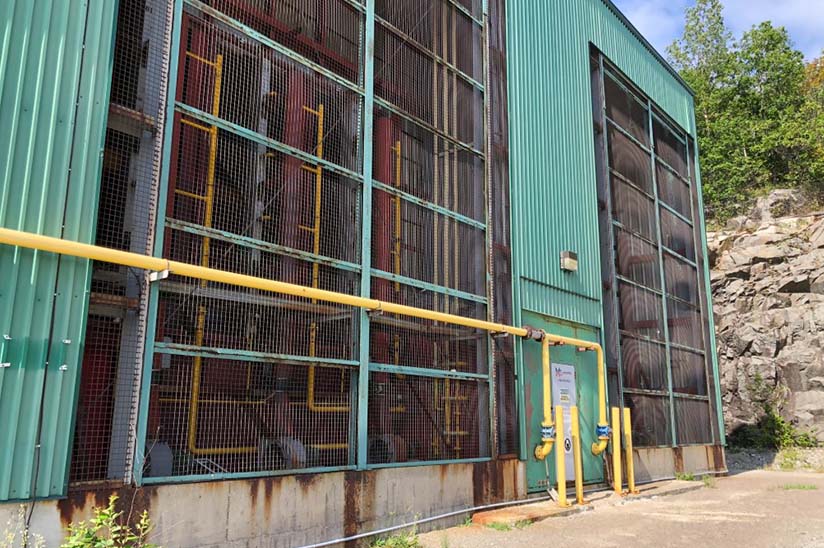Client: Porcupine Gold Mines (a subsidiary of Newmont Gold Inc.)
Location: Timmins, Ontario
Size: N/A
JLR was retained to analyze various technologies for potential deployment at the Century Gold Project. The prefeasibility analysis of photovoltaic (PV) generation, battery energy storage system (BESS) and BESS plus PV generation, and a conceptual analysis for wind generation were analyzed in terms of their impact on electricity costs using the electricity rate structures for Porcupine Gold Mines.
The analysis of each of the four technologies included a review of the current state of technology, an opinion of probable cost, and an evaluation of the impact on reduction to mine site’s demand during grid peak events, in consideration of the Ontario Class A global adjustment (GA) rate structure. The analysis of the PV and wind generation systems also evaluated the cost savings provided by the on-site energy generation and the potential costs reductions associated with carbon pricing.
For each technology, two project sizes were selected – a medium and large, both designed to be less than the mine site’s demand so that no excess energy would be generated or exported to the grid.
The results of the study showed that BESS provide the greatest cost savings against the GA rate structure for the recent historical data for grid peaks and GA costs. Due to concern with prediction success rates for future grid peaks, the BESS selected in this study had longer than typical batteries sizes of four hours. PV generation was found to be a close second for cost savings. JLR’s analysis showed, using historical data, that PV has been able to provide on average a high fraction of its capacity during grid peak events. The combination of a BESS and PV generation resulted in a slightly longer payback than just a BESS but provided more resiliency should a change in the rate structure occur. Thus, the PV+BESS provides value both on a consumption (kWh) and a capacity (kW) basis.
The ability of the technologies to provide additional services was evaluated. PV inverters and BESS systems can be designed to operate at non-unity power factor, which can reduce cable size requirements and potentially reduce monthly demand charges. These systems can also provide backup electrical power.


